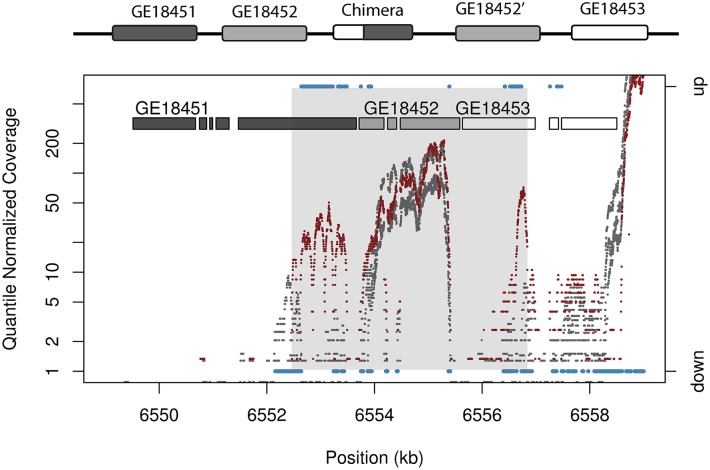Fig 2. Chimeric gene structures result in novel expression patterns.
A tandem duplication that does not respect gene boundaries unites the 5′ end of GE18453 with the 3′ end of GE18451 to produce a chimeric gene on chromosome 2L. Plot shows quantile normalized coverage in RNA seq data for sample (red) and reference (grey) with HMM output (blue) on chromosome 2L for female carcass. The chimera displays a change in transcript levels, while transcript levels for parental gene sequence are not altered. Sites with upregulated or downregulated sequence as defined by HMM output is shown in blue, using the right axis. HMM state calls for sites with unchanged expression are not shown. The region spanned by the tandem duplication is shaded in grey. The region spanned by the chimeric gene shows high-level upregulation. The whole gene duplication of GE18452 does not display a significant change in mRNA levels but rather falls within the bounds of expression profiles for reference replicates (Ref FPKM = 19.9; Sample FPKM = 24.5; uncorrected P = 0:52; corrected P = 1:0).

